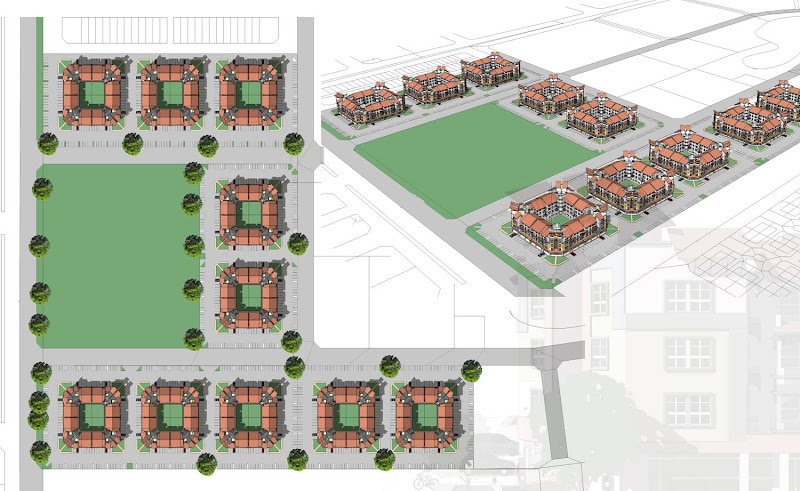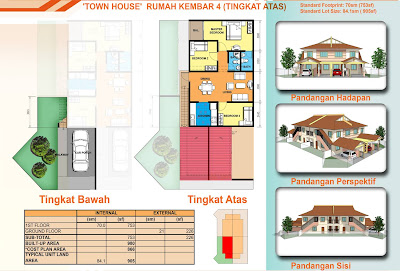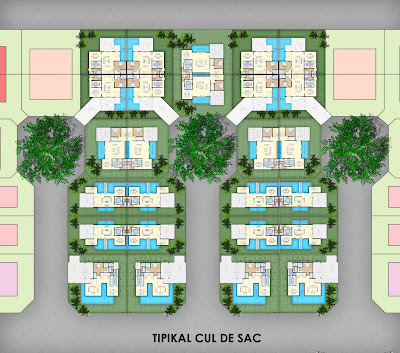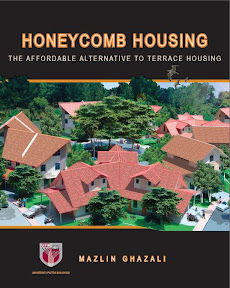Mosaic Layouts
There are an infinite number of shapes that can tessellate, but only three regular polygons (where the sides are all of the same length) can tessellate. These can be said to be the simplest form of tessellations. The hexagon is one of them. It can be derived from the triangle, which is the other regular polygon that can tessellate. When either the triangle or the hexagon is tessellated, a triangular grid is created.
The square is the third regular polygon that can tessellate. Tessellating this grid creates an iron-grid. Using rectangles rather than squares result in the rectilinear grid. The conventional terrace or row house layout can be seen to be tessellations of basic rectangular tile shapes, but architects or town-planners rarely think of it as such. The focus is on the roads which contain the axes of the grid, along which the houses are arranged: the roads are laid out, and then the land between the roads is subdivided.
Using Tessellation planning, we first design the basic neighbourhood tile. This is a cluster of houses within a rectangle or square. Then we tessellate it. The tiles do not necessarily join at the roads; they can join up at the walls that separate houses.
Tessellation planning on a hexagonal grid, we call Honeycomb; tessellation planning on a rectangular grid, we call Mosaic.
The Mosaic layout is a less radical form of tessellation planning. The hexagonal Honeycomb with the triangular shapes with 60º and 120º angles can be difficult for designers to handle. Developers fear that consumers will not like them. Approving authorities, looking at a layout that they have not seen before, worry about making sure the details work. Certainly, among the Chinese in Malaysia, there is apprehension that it is not feng-shui compliant. Although we don’t personally subscribe to this opinion, it is not for us to question such an ancient belief system.
Perhaps for some of the detractors against Honeycomb housing, the Mosaic layout looks reassuring similar to conventional plans. At the same time, there will always be locations and sites that are rectangular, and which can fit rectangular forms better than hexagonal or triangular ones.
Tessellation Mosaic planning can also result in new building types. Two of these are as follows:
- the Mosaic shop house or Kotapuri which is an alternative to the shop house building type common in South East Asia,
- and the Mosaic garden-apartment which is an alternative to the terraced townhouse.
See more about about the Kotapuri Mosaic Shop Apartments


Another interesting Mosaic arrangement is a cul-de-sac layout that contains a suite of house types - detached house, duplex and quadruplex - that form a neighbourhood of real and faux bungalows!

More about Mosaic faux bungalows in a page about Mosaic Layout In Perak.


1 comment:
Post a Comment